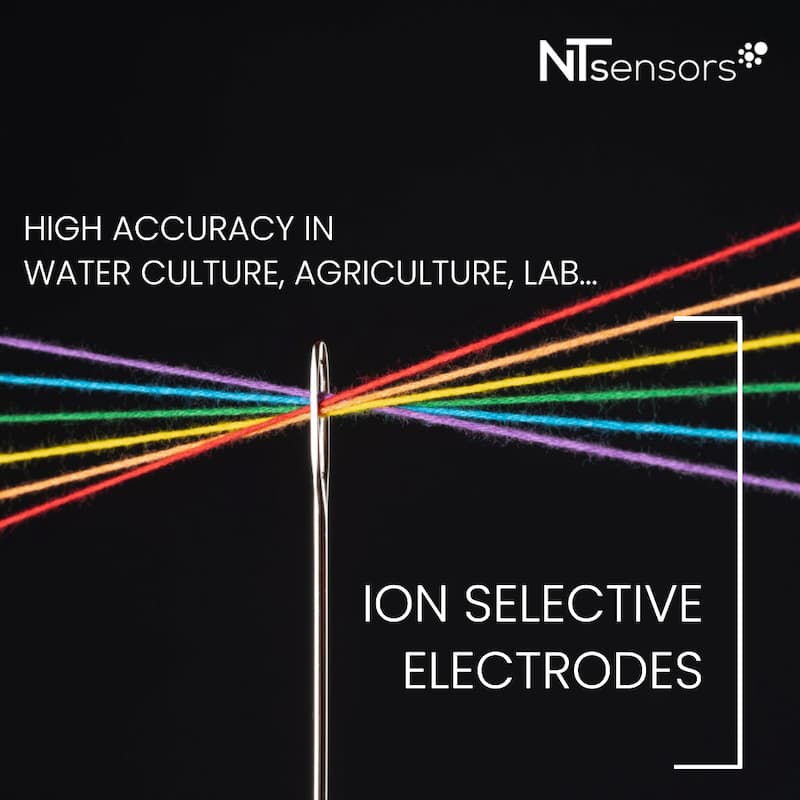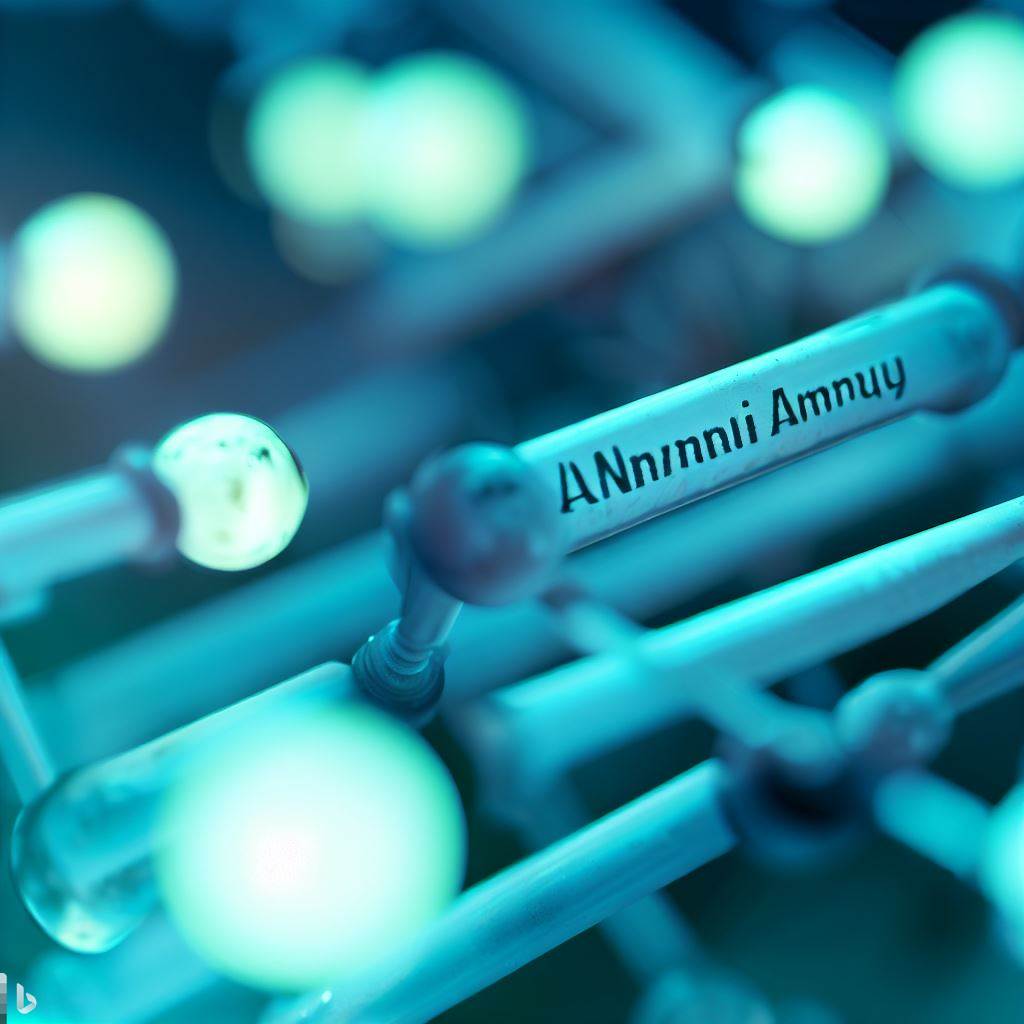New analysis techniques for IRTA
Potassium in grapes: an essential nutrient for quality and yields

El potasio es un nutriente esencial para el crecimiento y desarrollo de las plantas. En la uva, el potasio juega un papel importante en la fotosíntesis, la síntesis de proteínas y la regulación del equilibrio osmótico. También es necesario para el transporte de agua y nutrientes a través de la planta. El contenido de potasio […]
Choice of the appropriate ion selective electrode type

Elección del tipo de electrodo selectivo de iones adecuado Una guía paso a paso con NT sensors Bienvenido a nuestra guía completa sobre cómo elegir el tipo de electrodo selectivo de iones (ISE) correcto. Si está involucrado en análisis y monitoreo químico, sabe que seleccionar el ISE correcto es fundamental para obtener resultados precisos y […]
Unlocking the science behind ion-selective electrodes

Cómo funcionan y su importancia en la química analítica moderna Los electrodos selectivos de iones son una herramienta esencial en la química analítica moderna, ofreciendo mediciones altamente precisas y precisas de iones específicos en una solución. Si bien tienen sus limitaciones, las IES ofrecen varias ventajas sobre las técnicas analíticas tradicionales, incluyendo su velocidad y […]
Ozone Day
Protect the planet
Ammonium ion-selective electrodes: a complete guide

Una guía completa Los electrodos selectivos de iones de amonio (ISE) son herramientas analíticas utilizadas para medir la concentración de iones de amoniaco en soluciones acuosas. Estos electrodos se usan comúnmente en monitoreo ambiental, tratamiento de aguas residuales y otras aplicaciones donde la medición precisa de los niveles de amoniaco es crítica. Con su capacidad […]



